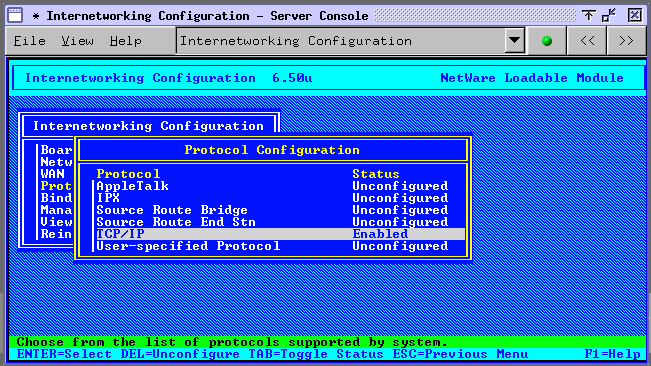

Tracing route to 11.1.0.1 over a maximum of 30 hops In this example, the default gateway is 157.54.48.1 and the IP address of the router on the 11.1.0.0 network is at 11.1.0.67. In the following example of the tracert command and its output, the packet travels through two routers (157.54.48.1 and 11.1.0.67) to get to host 11.1.0.1. Using the -d option with the tracert command instructs TRACERT not to perform a DNS lookup on each IP address, so that TRACERT reports the IP address of the near-side interface of the routers. TRACERT prints out an ordered list of the intermediate routers that return ICMP "Time Exceeded" messages. Note however that some routers silently drop packets that have expired TTLs, and these packets are invisible to TRACERT. The ICMP "Time Exceeded" messages that intermediate routers send back show the route. TRACERT sends the first echo packet with a TTL of 1 and increments the TTL by 1 on each subsequent transmission, until the destination responds or until the maximum TTL is reached. When the TTL on a packet reaches zero (0), the router sends an ICMP "Time Exceeded" message back to the source computer. Because each router along the path is required to decrement the packet's TTL by at least 1 before forwarding the packet, the TTL is effectively a hop counter. In these packets, TRACERT uses varying IP Time-To-Live (TTL) values. The TRACERT diagnostic utility determines the route to a destination by sending Internet Control Message Protocol (ICMP) echo packets to the destination.
LINUX IPTRACE HOW TO
More Information How to Use the TRACERT Utility This article discusses the following topics: This article describes TRACERT (Trace Route), a command-line utility that you can use to trace the path that an Internet Protocol (IP) packet takes to its destination.
LINUX IPTRACE INSTALL
If tcpdump is not installed, install it using operating system tools.For a Microsoft Windows 2000 version of this article, see 162326. In general, for encrypted traffic that you plan to decrypt, you should capture the entire packet to allow for the decryption. For example, if you use port filtering to capture HTTP traffic and there is a slow DNS response time related to handling that traffic, then that will not be immediately seen. There are downsides to reducing how much is captured. More generally, run a performance test in a performance environment without network tracing as a baseline and then run another test with network tracing and compare relative values of key performance indicators. If impact is a concern, minimize the number of bytes per packet and filter to particular ports. The main determinants of the impacts are how many bytes per packet are captured and whether any filtering is done (for example, by port). These impacts must be carefully reviewed before enabling network traces in a production environment. Gathering network traces has an impact on response times, throughput, and disk usage. For example, if you are investigating front-end WebSphere Application Server network behavior, gather network traces both on the target node and on the client nodes such as web servers or proxies.

It is important to capture both sides of a network conversation. Even with a TLS private key, if the cipher uses Diffie-Hellman Ephemeral (DHE) key exchange, then pre-master secret keys must be separately logged to a file to enable decryption.

If you are capturing encrypted traffic (for example, HTTP with TLS), depending on the negotiated cipher, it might not be possible to decrypt the traffic without more advanced diagnostics. If you are capturing non-encrypted traffic (for example, HTTP without TLS), it can include sensitive data and the capture files should be treated sensitively.


 0 kommentar(er)
0 kommentar(er)
